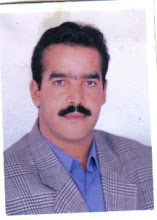 Workshop: BaFa BaFa
Workshop: BaFa BaFaMaterials used to teach cross-cultural awareness typically fall into one of several categories: texts on theory, case studies, role plays and simulations. In the category of simulation by far the best-known is BaFa BaFa designed by R. Garry Shirts. BaFA BaFa was originally designed for the American Navy to increase the cultural awareness of the sailers in hope of reducing the number of often diplomatic incidents between US sailers and the local population.
Two fundamentally differing cultures, Alpha and Beta, are established and then members of each are exchanged on a 'tourist-like' basis for very brief periods of time. It is not allowed to explain the rules of either culture to visitors. the only means of understanding is observation and trial and error participation. the resulting stereotypes, misperception and misunderstanding becomes the grist for debriefing.
The basic approach of BaFa BaFa is to create a problem for everyone in the simulation. we were required to 'live' in another culture. Then, we were asked how we felt in that culture. The answers were: we felt lost, confused, etc.
The next step was to identify the rules of the two different cultures. Then, the we talked about how we solved the problems that we faced during the activity and how we can apply what had had learned from the activity to our real life acculturation.
What makes BaFa BaFa so powerful?
Among the different objectives of this workshop I can mention the following:
- Build awareness of how cultural differences can impact people in an organization.
- Motivate us to think about our behaviour and attitude toward others.
- Identify diversity issue within the organization that must be addressed.


No comments:
Post a Comment